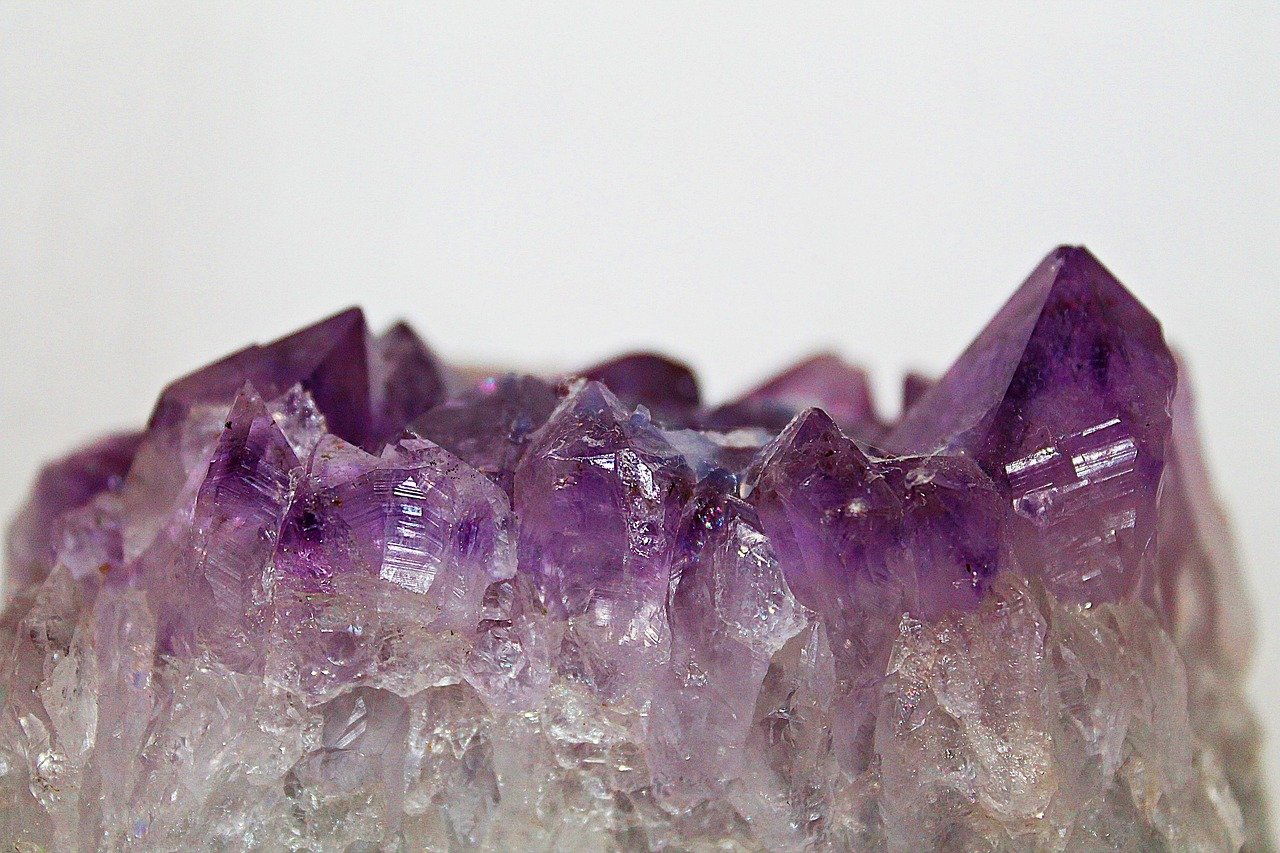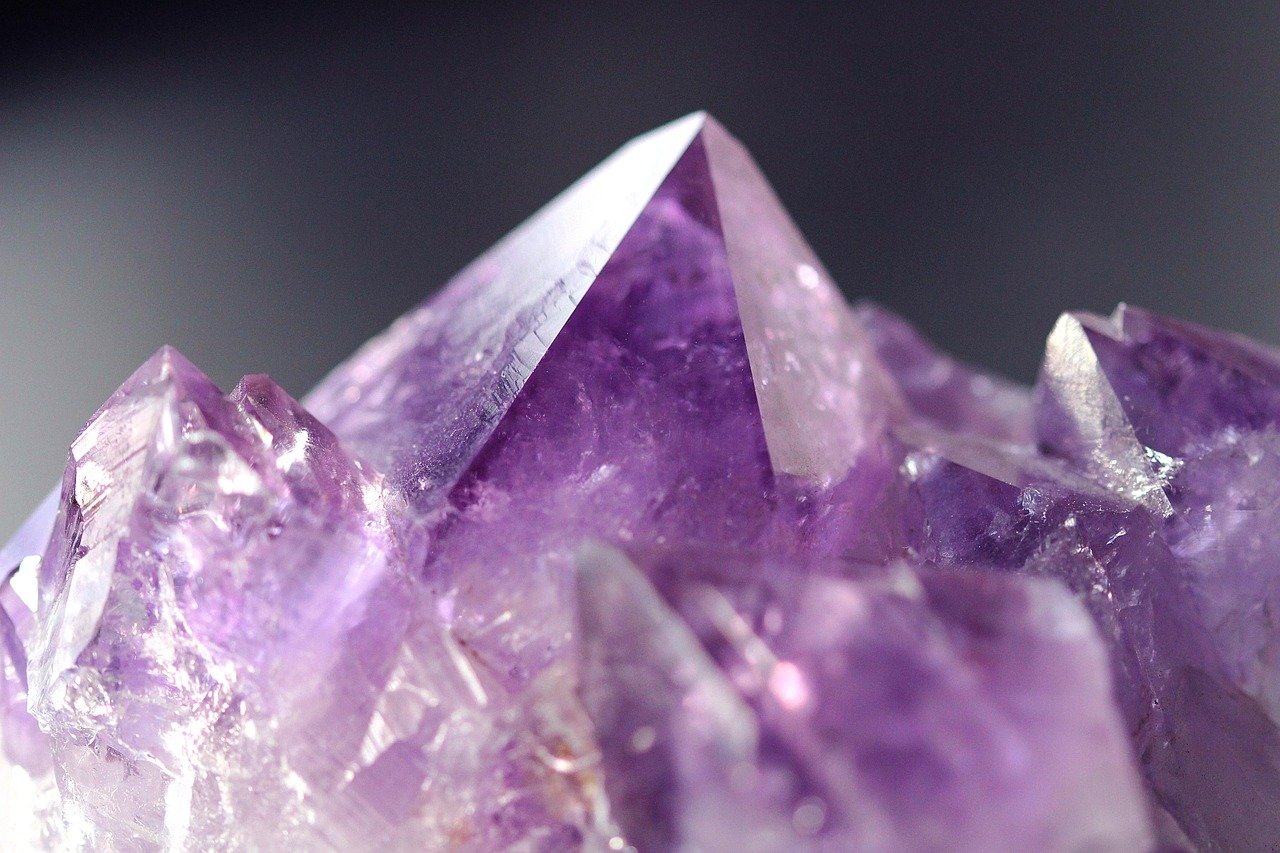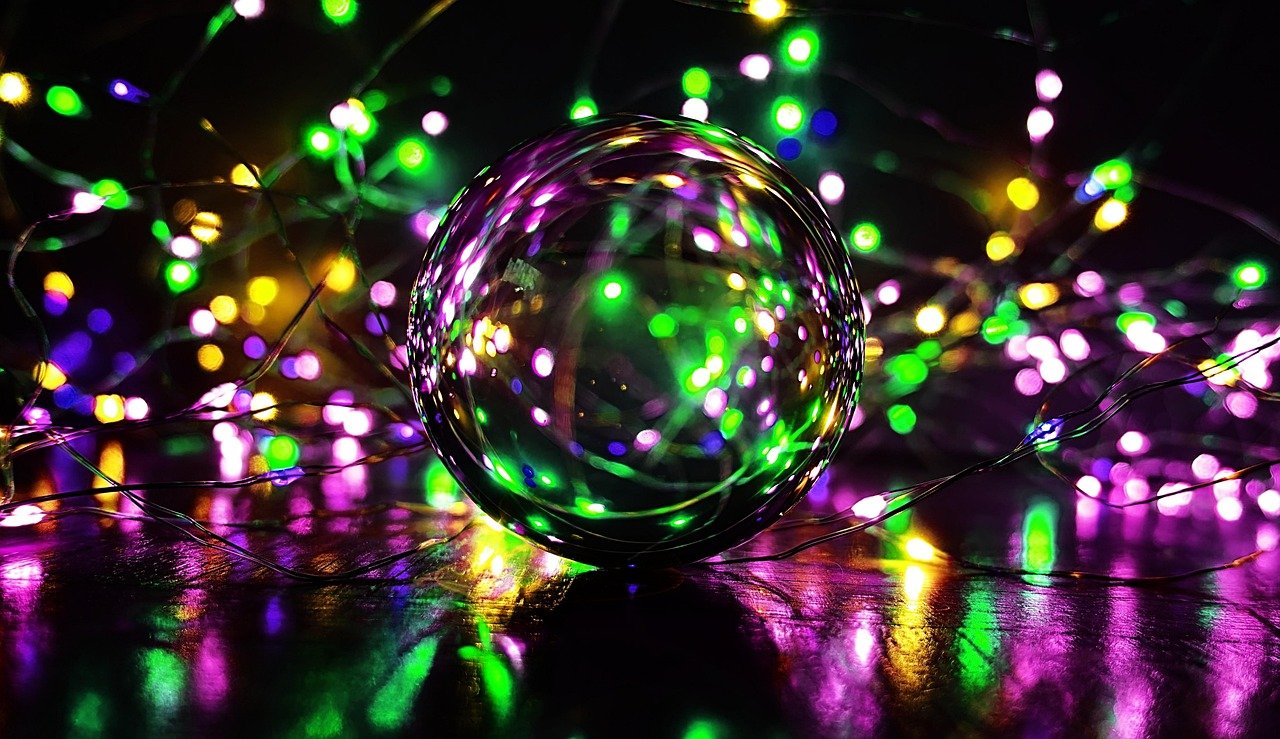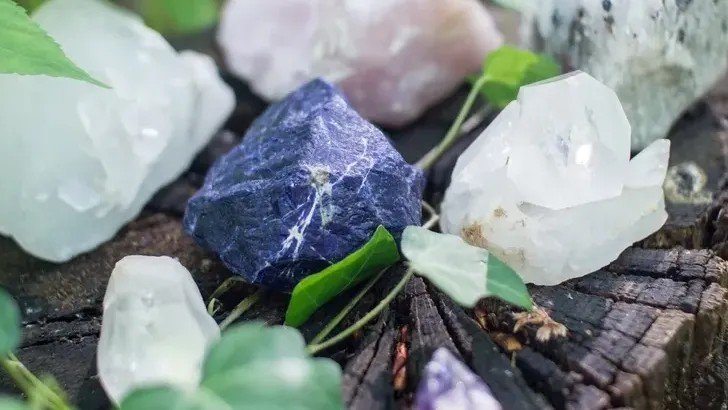Ever wondered if those sparkling stones sitting on your grandmother’s jewelry box could actually influence your destiny? The ancient belief that gemstones hold mystical powers has captivated humanity for thousands of years, but today we’re diving deep into what modern science has to say about these glittering promises. From rose quartz to blue sapphires, millions worldwide swear by their transformative effects, yet the scientific community remains largely skeptical.
The intersection of gemstones and astrology creates a fascinating battleground between ancient wisdom and modern empirical research. While believers point to centuries of anecdotal evidence and traditional practices, scientists demand rigorous testing and measurable results. What emerges is a complex picture that challenges our understanding of belief, healing, and the very nature of scientific validation itself.
The Historical Foundation of Gemstone Beliefs

The origins of gemstone astrology trace back to ancient India’s Vedas, where profound knowledge was based on the belief that stars and the nine planets have a strong and powerful influence on our lives. These Hindu teachings emphasized that our lives are meant for spiritual growth, facilitated by Karma – the belief that every thought and action has a suitable reaction.
Astrology itself originated in Mesopotamia around 3,000 years ago, when the ancient Babylonians performed methodical observations of the night sky and built great observatories where priests would study the skies and the celestial bodies they believed controlled life and events on Earth. This historical backdrop reveals that gemstone astrology wasn’t just a casual belief system – it was a sophisticated attempt by ancient civilizations to understand and influence their world.
The Scientific Method Meets Ancient Claims

While there are no scientific studies on the efficacy of crystal healing, there is a study that suggests crystal healing may induce a placebo effect in a patient who receives this type of treatment. The most revealing research comes from controlled experiments where participants couldn’t distinguish between real and fake crystals.
Researchers found that the effects reported by those who held fake crystals while meditating were no different than the effects reported by those who held real crystals during the study. Many participants in both groups reported feeling a warm sensation in the hand holding the crystal or fake crystal, as well as an increased feeling of overall well-being. Those who had been primed to feel these effects reported stronger effects than those who had not been primed. However, the strength of these effects did not correlate with whether the person was holding a real crystal or a fake one.
The Placebo Effect Phenomenon

A study involving 415 volunteers revealed that gemstones, which are promoted as healing tools and give hope for getting better, have a positive effect on people. This research highlights the psychological mechanisms at play when people use healing stones.
The placebo effect can be explained as a response other than the specific influence of a treatment which comes from the psychosocial forces surrounding the treatment. This effect can be observed all over the world when people use healing stones. The mind’s ability to create real physiological changes through belief alone remains one of the most fascinating aspects of human psychology. Harvard Medical School professor Ted Kaptchuk suggests that placebo effects can be both “genuine” and “robust,” and that a therapy’s built-in placebo effect should be promoted rather than dismissed.
Color Therapy and Psychological Impact

Color therapy highlights how the original gemstones work scientifically, where the beautiful colors of these stones positively affect the human body. The spectacular hues impact the mental and physical health of the wearer, and color therapy also improves your mood.
There’s something undeniably powerful about surrounding ourselves with beautiful objects. When you hold a deep blue sapphire or gaze into the soft pink of rose quartz, your brain processes these visual stimuli in ways that can genuinely affect your emotional state. Blue sapphire’s soothing color helps remove anxiety, stress and negativity, positively affecting your mood so you remain stress-free all day. While this isn’t mystical energy transfer, it’s a real psychological phenomenon backed by research in environmental psychology.
Electromagnetic Properties and Piezoelectricity

Certain gemstones, such as quartz and tourmaline, have qualities known as piezoelectricity and pyroelectricity, which means that they generate electrical charges when they are subjected to mechanical stress or variations in temperature. Quartz watches are an example of a modern technology development that makes advantage of this principle. A number of people are of the opinion that these electrical charges interact with the energy field of the body, promoting healing and equilibrium.
This represents one of the few areas where gemstone properties intersect with measurable scientific phenomena. The piezoelectric effect in quartz is real and has practical applications, but the leap from generating tiny electrical charges to healing human ailments lacks scientific support. Some researchers suggest that gemstones emit subtle electromagnetic frequencies that interact with the body’s biofield, though empirical data is currently lacking in this regard.
The Crystalline Structure Theory

Gemstones possess unique crystalline structures that are thought to resonate with the body’s energy centers or chakras. Stones are utilized in alternative healing modalities such as Ayurveda and Reiki to harmonize these energy centers, analogous to how gemstones are assigned in astrology according to planetary influences.
Crystals and minerals have a molecular structure that emits subtle vibrations and energy frequencies which can interact with our body’s energy field. Our cells and tissues resonate at certain frequencies, and when exposed to the electromagnetic field of gemstones, it can help shift our cellular vibration to a more balanced state. While the concept of resonance is scientifically valid in physics, applying it to human healing requires evidence that simply doesn’t exist in peer-reviewed literature.
Astrology’s Scientific Challenges

Although astrology has no scientific validity, it has been rejected by the scientific community as having no explanatory power for describing the universe. Scientific testing has found no evidence to support the premises or purported effects outlined in astrological traditions.
The main reason astrological signs fail to line up with the zodiac is a wobble in the Earth’s rotational axis called precession. The gravity of the Moon and Sun pull on the bulge, which causes the Earth to wobble like a top. The wobble causes the Earth’s axis to swing in a slow circle over the course of approximately 26,000 years. This movement alters the view of the zodiac from Earth, making the constellations appear to slide to the east, roughly a degree per human lifetime. This astronomical reality creates a fundamental problem for traditional astrological claims.
The Belief Factor in Healing

Those who believed in the power of crystals (as measured by a questionnaire) were twice as likely as non-believers to report feeling effects from the crystal. This finding reveals something profound about human psychology and the power of belief in creating subjective experiences.
Studies indicate that placebo effects and psychological influences play a role in how people perceive the benefits of gemstones. Since thoughts and emotions impact physical health, the belief in gemstone healing itself may contribute to stress relief and emotional well-being. The mind-body connection is scientifically established, even if the mechanism proposed by gemstone enthusiasts isn’t.
Research Limitations and Methodological Issues

While some crystal practitioners believe that crystals can help with physical ailments, there have yet to be any scientific studies to support this theory. Most of the evidence is anecdotal rather than scientific.
Testing the validity of astrology can be difficult because there is no consensus amongst astrologers as to what astrology is or what it can predict. Studies have documented that the degree of agreement amongst astrologers’ predictions was measured as a low 0.1. This lack of consensus makes it nearly impossible to design controlled studies that could definitively prove or disprove astrological claims.
The Role of Ritual and Mindfulness

From a psychological perspective, the act of engaging with gemstones can facilitate mindfulness and emotional healing. While the stones themselves may not possess inherent powers, the rituals and meanings we assign to them can foster a sense of well-being and personal empowerment.
There’s genuine therapeutic value in creating meaningful rituals, setting intentions, and taking time for self-reflection. When someone chooses a particular gemstone for meditation or carries it as a reminder of personal goals, they’re engaging in a form of cognitive-behavioral practice. By combining crystals’ placebo potential with the scientific evidence behind meditation, a positive effect can be created.
Cultural and Social Perspectives

Studies show that more than one-third of populations have used gemstones in the past while more than one-fifth are currently using gemstones. More than half of sample populations are aware of the use of gemstones for their various effects.
Alternative tools for transforming health are being embraced by a larger number of people, and many countries now have pluralistic health care systems. Complementary and alternative medicine modalities have excited the interest of physicians and medical researchers alike. This widespread adoption suggests that regardless of scientific validation, gemstones serve important psychological and cultural functions for many people.
The Future of Gemstone Research

In a time when traditional treatment methods are laden with side effects and may not work as expected, gemstone therapy certainly warrants scientific inquiry. Many people regard complementary and alternative medicine as a panacea for their problems.
The scientific community’s approach to gemstone research remains cautious but increasingly open to investigating the psychological and social benefits of these practices. Various studies suggest that certain gemstones may influence emotional and physical well-being, though more research is needed, and many individuals report noticeable effects when using gemstones like Yellow Sapphire, Blue Sapphire, Amethyst, and Rose Quartz.
Conclusion

The relationship between gemstones, astrology, and science presents a fascinating case study in how ancient beliefs intersect with modern empirical methods. While rigorous scientific testing has yet to validate the specific claims made by gemstone enthusiasts, the research reveals something equally intriguing: the human capacity for healing through belief, ritual, and beauty.
There is no evidence that crystal healing has any greater effect upon the body than any other placebo, and alleged successes can be attributed to the placebo effect. Yet this doesn’t diminish the real experiences people report or the psychological benefits they derive from these practices. The power lies not in the stones themselves, but in the complex interplay between expectation, ritual, mindfulness, and the profound human need to find meaning and comfort in an uncertain world.
Perhaps the most honest scientific position acknowledges both the lack of mystical properties in gemstones and the genuine psychological benefits many people experience. In a world where stress, anxiety, and disconnection are epidemic, any practice that promotes mindfulness, hope, and personal empowerment deserves respectful consideration – even if it doesn’t work the way its proponents believe it does.
What fascinates you more – the ancient wisdom that created these beliefs, or the modern science that’s slowly unraveling their true mechanisms?

Hi, I’m Andrew, and I come from India. Experienced content specialist with a passion for writing. My forte includes health and wellness, Travel, Animals, and Nature. A nature nomad, I am obsessed with mountains and love high-altitude trekking. I have been on several Himalayan treks in India including the Everest Base Camp in Nepal, a profound experience.


